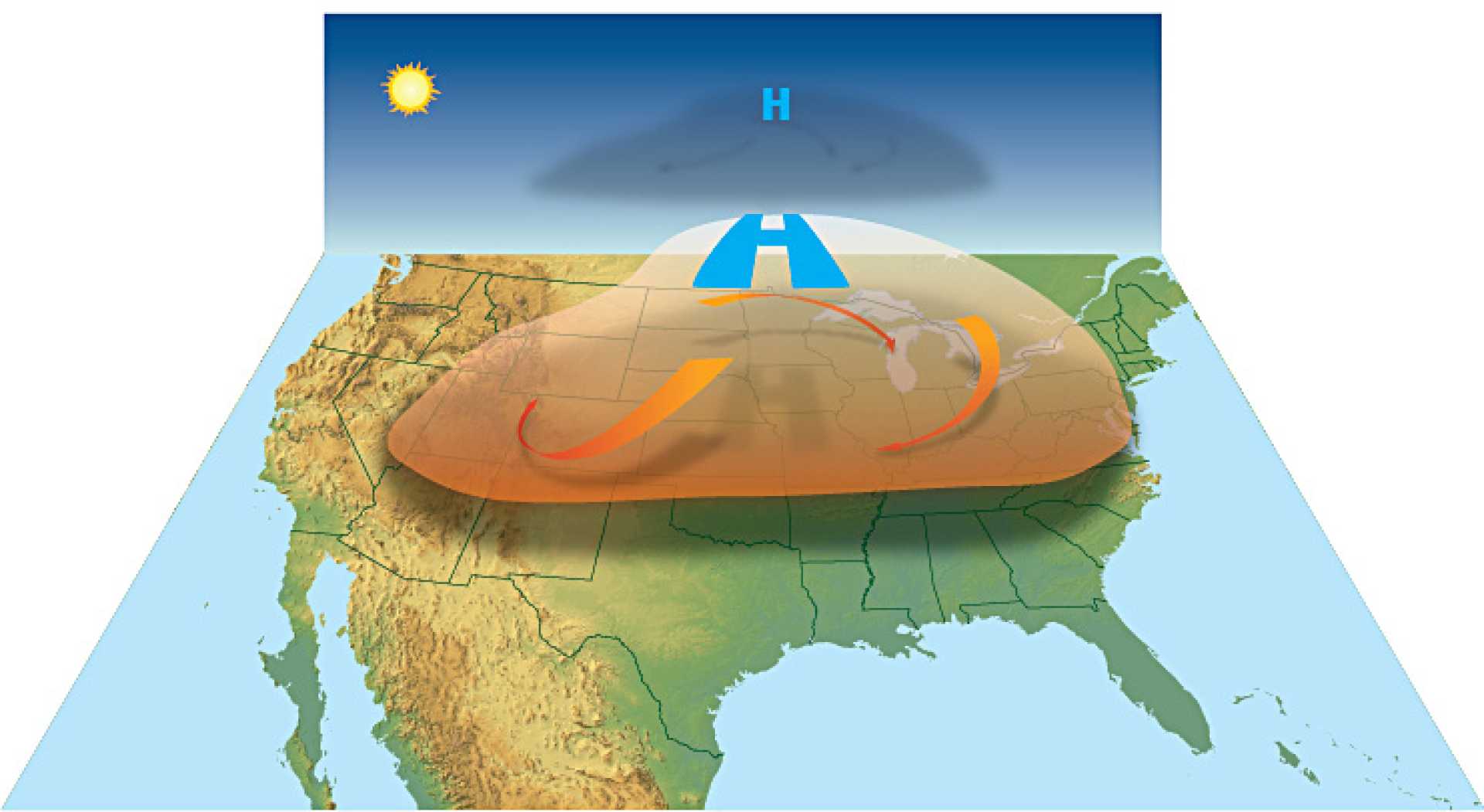Health
Heat Dome Poses Risks for Millions in the U.S.

Durham, North Carolina — A significant heat dome is bringing dangerously high temperatures to parts of the United States, putting approximately 200 million Americans at risk. Forecasters predict temperatures to reach or exceed 100 degrees Fahrenheit in the Triangle area for three consecutive days. Thunderstorms may provide some relief late Thursday and Friday, but overnight lows will remain warm, between the mid to high 70s.
High humidity levels are exacerbating the already dangerous conditions. Heat remains the leading weather-related killer in the United States, and exposure can lead to heat-related illnesses such as cramps, exhaustion, and stroke. According to the National Weather Service, these conditions can also aggravate existing health issues.
Duke University‘s Nicholas Institute for Energy, Environment & Sustainability is offering guidance on coping with extreme heat. Ashley Ward, the director, emphasizes the importance of cooler evenings for recovery. “Your body needs a reprieve,” Ward said. “When overnight temperatures stay above 75, we see concerning outcomes related to heat illness.”
The institute has garnered attention for its research into heat’s effects on public health and the economy, advocating for broader community strategies to combat heat exposure. Ward noted that a collaborative approach among governments, businesses, and community organizations is essential. “We must develop strategies to enhance resilience against heat,” she stated.
In 2024, Duke will launch a customizable toolkit for North Carolina counties, aimed at improving preparedness for extreme heat. This toolkit includes resources for community outreach and recommended actions for healthcare providers and local leaders.
To protect outdoor workers, Duke Facilities has implemented several heat management strategies. These include adjusted schedules for early work hours and increased access to hydration and cooling facilities. Outdoor staff are trained to recognize their limits and manage their well-being in extreme conditions.
The ongoing heat wave emphasizes the importance of preparation and community engagement as vital steps in coping with the evolving climate.












